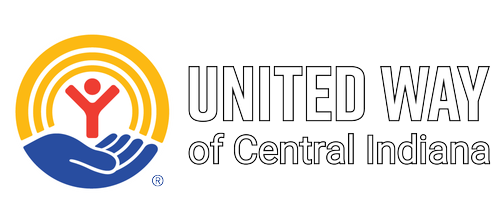It’s easy to think a problem as big and long-standing as domestic violence will never go away, that it’s part of the human condition. But as bad as domestic abuse is today, society has made great strides in reducing this scourge by enacting laws, raising awareness, funding help programs and educating people at an early age.
Has it helped? You betcha. Can we claim victory? Not yet.
But let’s take a look at how far we’ve come in the eyes of an activist who has been fighting for prevention for four decades.
Esta Soler is an activist, author, speaker and founder of Futures Without Violence who is still going strong at age 73. In a TED Talk a few years ago, she recapped the prevention movement’s history from her point of view – and why she’s never given up.
“I’ve had an absolutely passionate and sometimes not popular belief that this violence is not inevitable – that it is learned, and if it is learned, it can be unlearned and it can be prevented,” she says.
The Story of Domestic Violence Prevention
Before 1980, The New York Times had run 158 articles about domestic violence, Soler said. In the 2000s, they’d run more than 7,000 (as of her 2013 talk). From 1993 to 2010, domestic violence among U.S. adult women declined by a whopping 64%. Nearly two-thirds!
How did activists make such inroads?
According to Soler, they began by taking photos in hospital ERs of injuries inflicted on women by husbands and boyfriends – Polaroid photos, the kind that popped out of the camera immediately. Suddenly, abused women could take to court visible evidence of what was happening to them.
The movement to end domestic violence began to take shape.
“Step 1: We organized.”
Individual women, “an underground network,” Soler said, began opening shelters for women who were being abused and raising money to fund their efforts. Eventually, they sought and secured federal funds “for these extraordinary services that were changing people’s lives.”
“Step 2: We lobbied.”
Soler and fellow activists lobbied in 1984 for the first bill to protect women against domestic abuse and were astounded at the initial reception. “I remember one politician called it ‘the Take the Fun Out of Marriage Act,’” she said. Yet, they persisted. “Ten years later, we finally passed the Violence Against Women Act that has saved so many lives.”
“Step 3: Prevention with a capital P.”
Activists worked with the Ad Council to build a public education campaign. (Soler shares the powerful PSA, “There’s No Excuse for Domestic Violence,” at the 06:00 mark of her talk.) The campaign accidentally coincided with OJ Simpson’s arrest for his wife’s murder, which brought to light a history of domestic abuse. “We seized the moment,” Soler said.
“Step 4: We engaged men.”
Men don’t talk, Soler heard over and over, so activists went to where men were talking to kids: as coaches, parents, etc. Men began to be role models for the young people in their charge.
Prevention Today
Today, Sheltering Wings is part of a nationwide effort to educate people about the costs and consequences of domestic abuse, as well as expand their idea of the people it’s perpetrated by and against.
Our education efforts begin early, with visits to elementary, middle and high schools throughout our region. We also present training programs for community groups, churches, employers, associations and clubs, and we host programs specifically to help men be mentors and role models (see Men In Action). We’ve revamped this website to offer information specifically for youth workers, friends and relatives, faith leaders, employers and others who can influence prevention. And so much more.
Each of us can do one thing to help prevent intimate partner violence. During Domestic Violence Awareness and Prevention Month this October, find your one thing at shelteringwings.org. It may be as simple as downloading a free ZOOM background to let others know domestic abuse is preventable (here and here). Check out our new SWAG Shop for other freebies and merchandise you can wear to share the message of prevention. And browse this website to see all the resources available – and if you don’t see what you need, please let us know.







